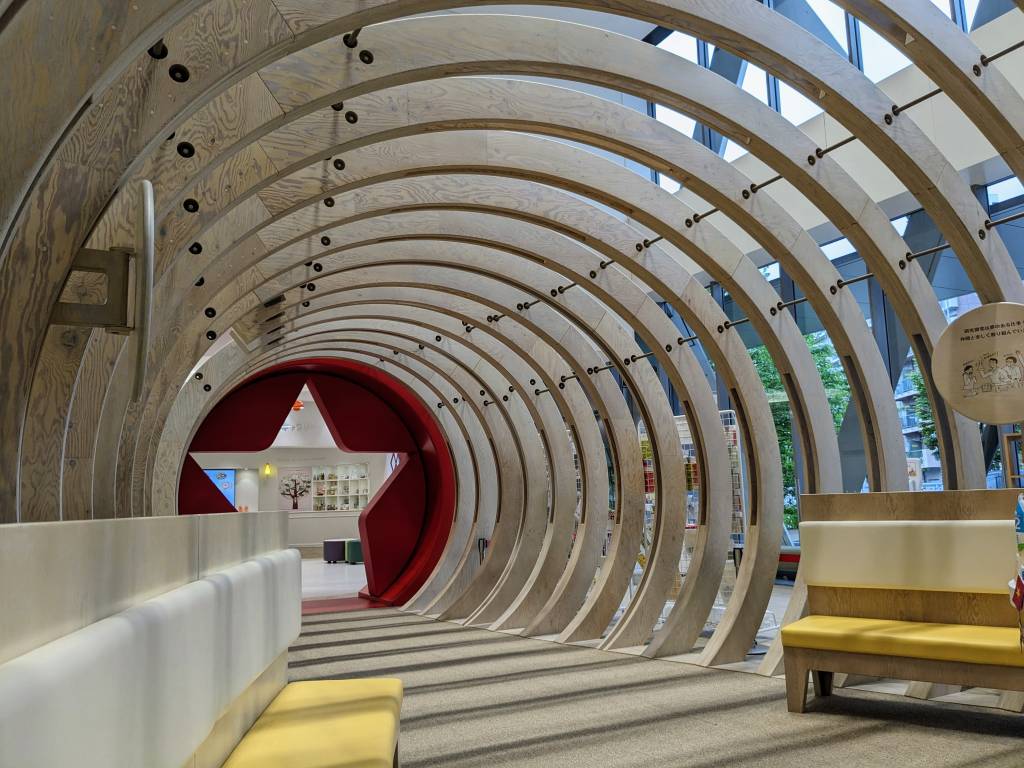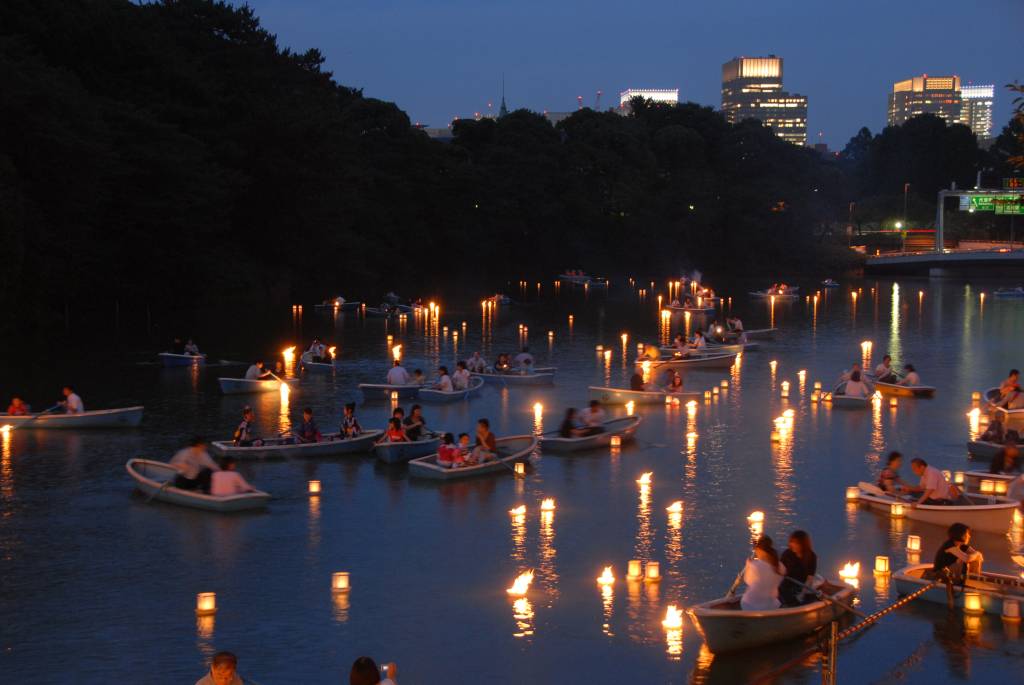There’s no shortage of transportation options in Tokyo. With a massive train network, buses, and taxis, all bases are covered. Plus, exploring Tokyo on foot or by bike is a fun way to combine sightseeing with exercise. But for a trip to remember, consider taking a rickshaw ride — with scenic views, friendly guides, and an unconventional mode of transportation, it makes for a unique way to experience the city.

About rickshaws in Japan
The term “rickshaw” is an anglicized version of jinrikisha, the Japanese word for this human-powered carriage. Although it’s difficult to pinpoint when and who invented it, most sources say that Yosuke Izumi invented the vehicle in Tokyo in 1869.
Rickshaws became so popular that they spread to neighboring Asian countries. Contrary to misconception, these sleek wooden carriages were not just for the nobility. In fact, for decades, rickshaws were Japan’s main mode of transportation because they were cheaper than horse-drawn carriages and cars.

Nowadays, the word “rickshaw” refers not only to the traditional human-powered carriages but also to any other carriages similar in appearance, be they electric or motorized. Some of those rickshaws are more commonly known by other names like “pedicab”, so note that all mentions of rickshaws from hereon are referring to those pulled by humans.
With technology marching on, Japan today has far more efficient modes of transportation than rickshaws. Still, there are a handful of operators that offer rickshaw rides to tourists — or, really, anyone looking for an extraordinary experience.
Where to find rickshaws in Tokyo
Expect to find rickshaw drivers offering their services in popular tourist areas with traditional Japanese vibes. In Tokyo, drivers gather in the traditional neighborhood of Asakusa and there are quite a few to choose from. You can also find rickshaw in Kawagoe, just outside of Tokyo.
How to book a rickshaw
To take a rickshaw tour, booking is not always required. You can just walk up to a driver and ask to be toured around. But if you are planning a visit on the weekend or want to take a long rickshaw tour, then it’s best to make a reservation. Some companies even offer the option of customizing your pick-up point (only within Asakusa, of course) when making your reservation.
How much does a rickshaw ride cost?
The price of a rickshaw ride depends on the plans offered by the operator. A rickshaw ride can be as short as 10 minutes and cost around ¥3,000 per person or go for as long as three hours. 10 to 15 minutes is just enough time to take you around a block, while 30 minutes should be good enough for a quick tour around a neighborhood.
A rickshaw can only seat a maximum of two adults of average build, so a large group will be split among multiple rickshaws. Usually, there are discounts for those traveling in pairs (e.g. ¥11,000 for two passengers for 30 minutes).
Note that many (but not all) operators do not charge for children aged 5 and under who can be seated on a parent’s lap.
Rickshaw operators in Asakusa
If you’re ready to take a rickshaw tour, take your pick from these companies, all of which are known for offering quality service.
Ebisuya
From ¥4,000 for 1 person/12 min.Best value: ¥10,000 for 2 people/30 min.
Longest tour: ¥38,000 for 2 people/2 hours
Book via Klook or on ebisuya.com

Ebisuya is one of the most seen (and heard) rickshaw operators in Asakusa. We have personal experience with hopping on a tour with the drivers at Ebisuya and can vouch for their sunny dispositions and insights into the area. Check out our full review of Ebisuya.
Jidaiya
From ¥4,000 for 1 person/10 min. or ¥5,000 for 2 people/10 min.Best value: ¥8,000 for 2 people/20 min.
Longest tour: ¥38,000 for 2 people/2 hours
jidaiya.biz
Asakusa’s longest-running rickshaw operator, Jidaiya, aims to provide memorable, once-in-a-lifetime experiences. It has an air-conditioned waiting room (with a place to put your luggage) close to Sensōji Temple’s Kaminarimon Gate and it gives freebies to all customers: postcards for short courses, and fancier freebies for those who book longer, pricier courses. Either turn up on the day or email them (info@jidaiya.biz) for reservations.

Jidaiya also offers a range of other cultural experiences that, for an additional fee, you can combine with your rickshaw tour. One recommended activity is kimono-wearing. If you’re going to travel the old-school way, you might as well look the part, after all!
Kosugiya
From ¥2,000 for 1 person/10 min. or ¥3,000 for 2 people/10 min.Best value: ¥8,000 for 2 people/30 min.
Longest tour: ¥60,000 for 2 people/4 hours
kosugiya.biz
Slightly cheaper than its competitors, Kosugiya also offers cultural experiences: kimono-wearing, calligraphy, and origami. Reservations are recommended for tours longer than 10 minutes.
What to expect on a rickshaw ride

Tip: Go full-on traditional and rent a kimono for your unique journey around Asakusa. Makes for a great photo-op too!
A rickshaw ride can be as short as 10 minutes or even as long as four hours — if you can sit that long. 10 to 15 minutes is just enough time to take you around a block, while 30 minutes should be good enough for a quick tour around a neighborhood.
A rickshaw can only seat a maximum of two adults of average build, so a large group will be split among multiple rickshaws. Usually, there are discounts for those traveling in pairs. Rickshaw operators are typically able to accommodate wheelchair users as well, but it’s best to inquire in advance.
Don’t worry about rain and snow. Rickshaws have covers to keep you dry! (Naturally, don’t expect rickshaws to be in service in the event of terrible weather.) You can ride with your bags in tow, but if your luggage is deemed too large, you might have to leave it at the operator’s office.

Your friendly driver will also double as your guide, explaining attractions as you pass by them. (Not all drivers can speak English, though, and their level of fluency may vary. To ensure that you’ll get an English-speaking driver, contact the operator in advance.) The driver will occasionally stop for photo ops, so feel free to ask for help taking photos.
Tours can be customized to an extent, so if you specifically want to check out a certain part of Asakusa, or if you want to end at a specific spot instead of doing a round trip, let the driver know.
This post was first published in December 2019 by Tiffany. Last updated in January 2024.

































